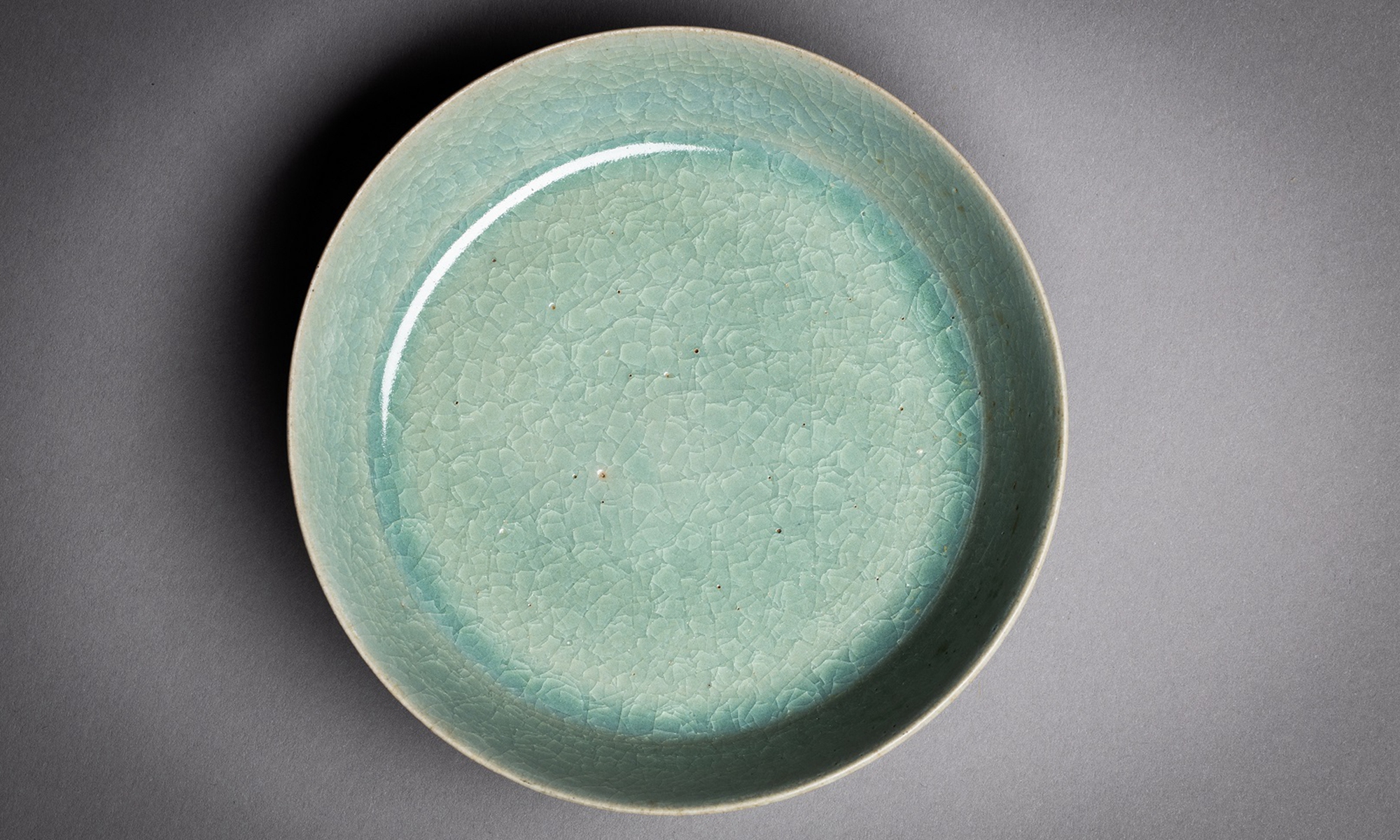
Photo: cnsphoto
The Dresden State Art Collections in Germany recently discovered that a 900-year-old rare Chinese Ru ware porcelain bowl had been wrongly thought to have been made in Korea between the 10th to 13th centuries, according to the
Art Newspaper on February 11.
The bowl, which measures around five inches in diameter, was recently confirmed by an Asian ceramics expert Regina Krahl to be a Chinese Ru ware from the North Song Dynasty (960-1127) after ceramics researchers from China's Palace Museum suggested the piece be reexamined in 2018.
Thanks to an "accidental" research project started by the museum in 2014, the source of the ceramic ware, which has been in Germany for almost 100 years, was reviewed. The bowl still has an elegant pale turquoise glaze and delicate textures of crazing. Historians believe that it may have been originally used to wash artist's paint brushes.
Krahl emphasized that the bowl is "an exceptionally good example of its kind." Ru ware has long been regarded as the "rare of the rarest," which was made for only a period of 20 years and no more than 88 pieces are known to exist.
The treasure was collected by a German doctor in China around 1914, and became part of the Dresden Porcelain Collection in 1927.
Ru ware pieces sold at auctioned in London for around 243 million yuan in 2017.
Global Times




